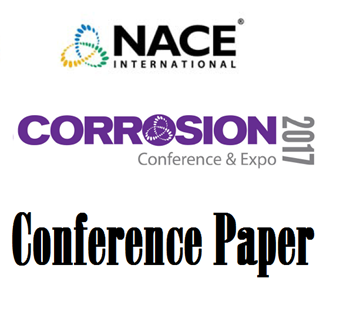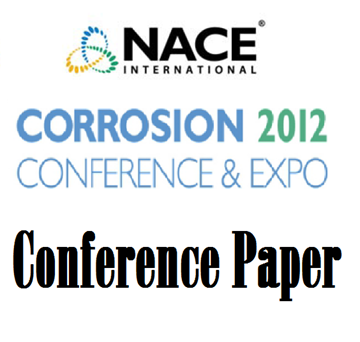Search
11071 A Novel and Rapid System to Analyze Brines for the Optimum Functional Dose of Corrosion Inhibitor
Also Purchased
51317--9721-Use of Micelle Detection for Corrosion Inhibitor Screening
Product Number:
51317--9721-SG
ISBN:
9721 2017 CP
Publication Date:
2017
$20.00
51312-01289-Flow Loop Trial of Corrosion Inhibitor Dose Optimisation by Micelle Detection
Product Number:
51312-01289-SG
ISBN:
01289 2012 CP
Publication Date:
2012
$20.00
11062 Corrosion Inhibitor Efficiency Limits and Key Factors
Product Number:
51300-11062-SG
ISBN:
11062 2011 CP
Publication Date:
2011
$20.00




